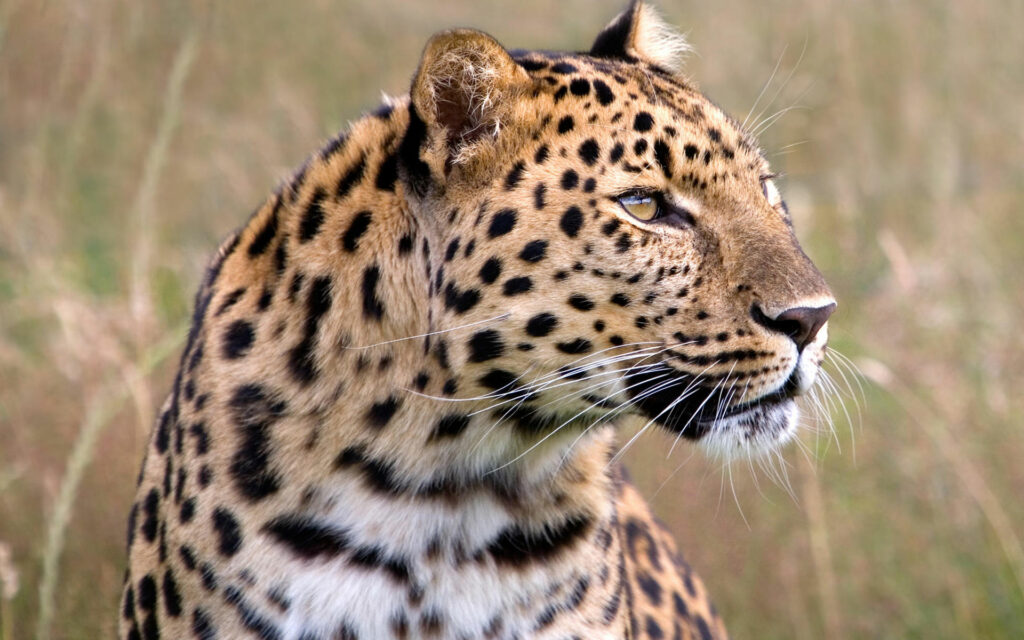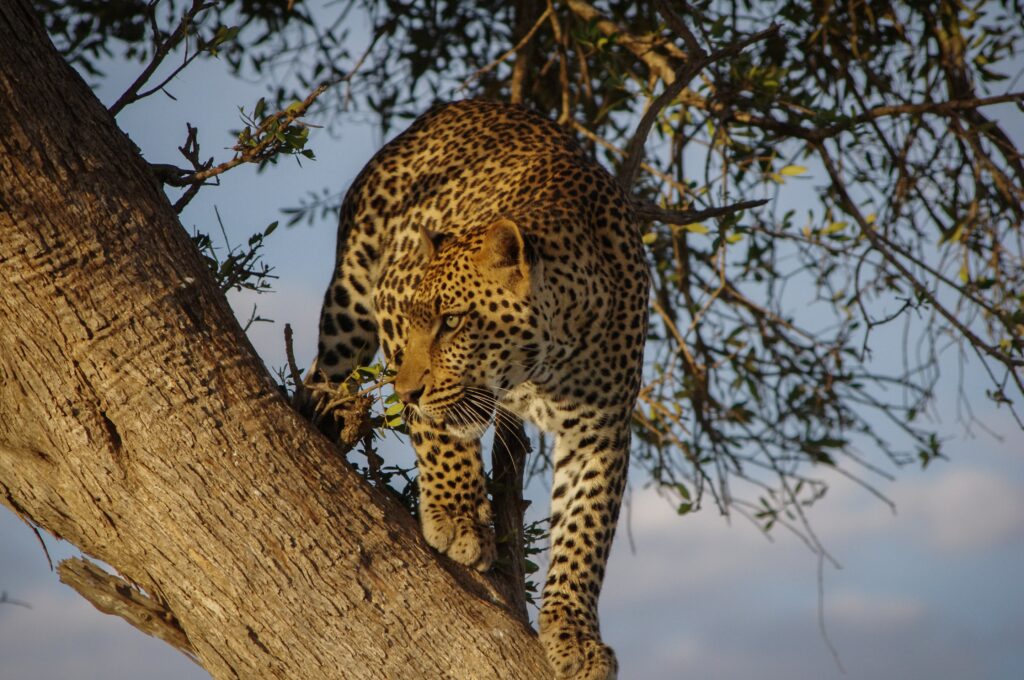SCI Foundation Engages on African Leopard Conservation
By: Dr. Chris Comer

Safari Club International Foundation recently initiated a science-based conservation program focused on African leopards and the long-term sustainability of leopard populations. This program continues a tradition of engaging on predator and especially big cat conservation that includes work on African lions, snow leopards, and North American species. Leopards are the most widely distributed wild cats in the world, with a range that extends from southern Africa north and east through the middle east and central Asia, and into China, India, and the islands of Java and Sri Lanka. Not surprisingly, they are also quite adaptable and can live in habitats that range from tropical forests to near desert and mountainous regions. Despite their adaptability, leopard populations are declining in many areas. Recent assessments by the International Union for the Conservation of Nature (IUCN) and others speculate that leopard distribution has declined by up to 75% compared to the maximum historic distribution and that this decline has accelerated in recent decades. There are many reasons for leopard declines, but the most important appear to be declining prey populations due to poaching and habitat degradation, Loss and fragmentation of suitable habitat for leopards, and illegal take in response to livestock depredation or for spiritual/religious reasons.
From a hunting perspective, the leopard is one of the African “Big Five” and an aspirational hunt for many international hunters. Some studies in South Africa have documented negative population effects from poorly regulated hunting, but overall leopard conservation appears to be compatible with carefully regulated hunting. Indeed, the most robust remaining leopard populations occur in southern and eastern Africa, largely in countries where regulated hunting is allowed. The species is listed on Appendix I of the Convention on International Trade in Endangered Species of Wild Fauna and Flora, with established maximum export quotas in the important African range states (e.g., Botswana, Central African Republic, Ethiopia, Mozambique, Namibia, South Africa, Tanzania, Zambia, Zimbabwe). Leopard hunts are high revenue compared to other species and the regulated harvest of a small number of leopards may be critical to the economic viability of some wildlife-friendly land uses such as game reserves, hunting concessions, and community-based natural resource management areas.

SCI Foundation’s focus in leopard conservation is long-term stability and even growth in leopard populations, with sustainable use hunting where appropriate and compatible with those goals. As noted in the most recent IUCN Red List Assessment and the recent Road Map for the Conservation of the Leopard in Africa from the Convention on Migratory Species, one of the most important limitations on our understanding of leopard populations is the availability of robust estimates of leopard abundance at national or regional scales. Although remote camera-based surveys are generally accepted as the best method to survey leopard populations, these surveys can be expensive and time-consuming. Most surveys performed to date have been localized in protected areas or hunting concessions, with limited ability to extrapolate them to reliable estimates at the national scale.
Thus, Phase 1 of the SCI Foundation leopard strategy is to design and implement a national-scale leopard survey using accepted, scientific methods in southern Africa. We are partnering with range state wildlife management authorities, professional hunting associations, and community organizations to implement this study. We are also working with some of the world’s leading cat biologists at the Caesar Kleberg Wildlife Research Institute to design a survey that is scientifically defensible and useful for sustainable management. With appropriate placement of sufficient survey grids, spatial modeling can be used to extrapolate survey results to derive a reliable national abundance estimate and quantify uncertainty in leopard numbers. This is the first step in ensuring that leopard harvests are sustainable and not detrimental to long-term population growth. It will not be cheap, as surveys will require hundreds of remote cameras and thousands of hours to place and retrieve them, evaluate photographs to identify individual leopards, and analyze the resulting data (not to mention batteries, field vehicles, and fuel). However, SCI Foundation and the hunter-conservationists of SCI are committed to the long-term management and conservation of leopards and all wildlife in Africa and around the globe.
